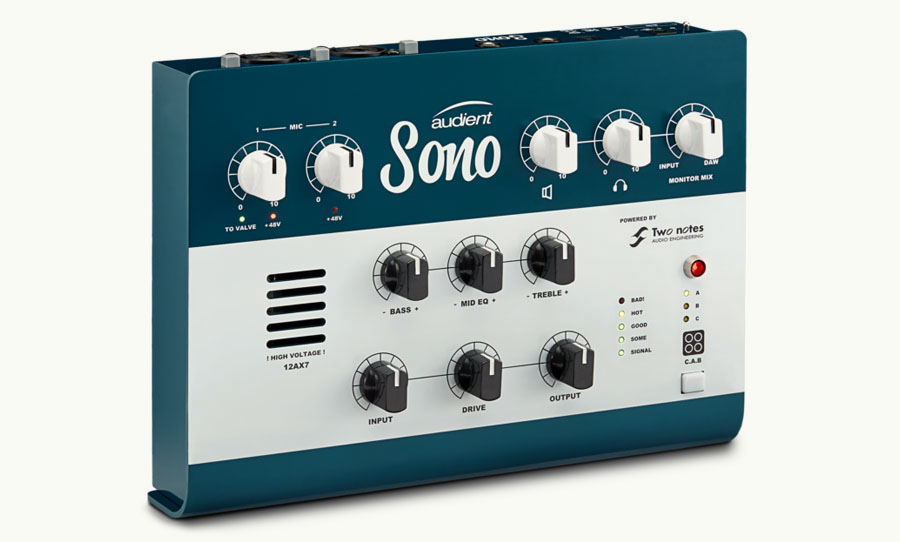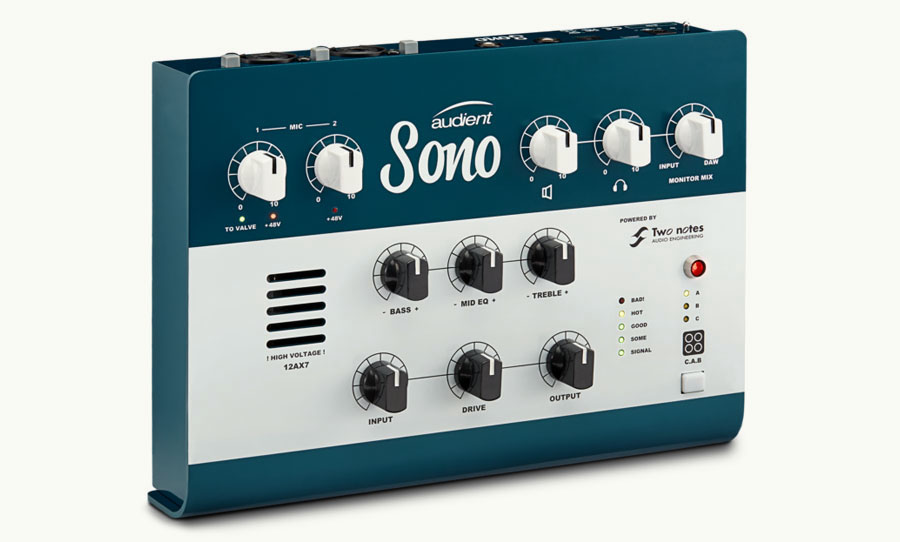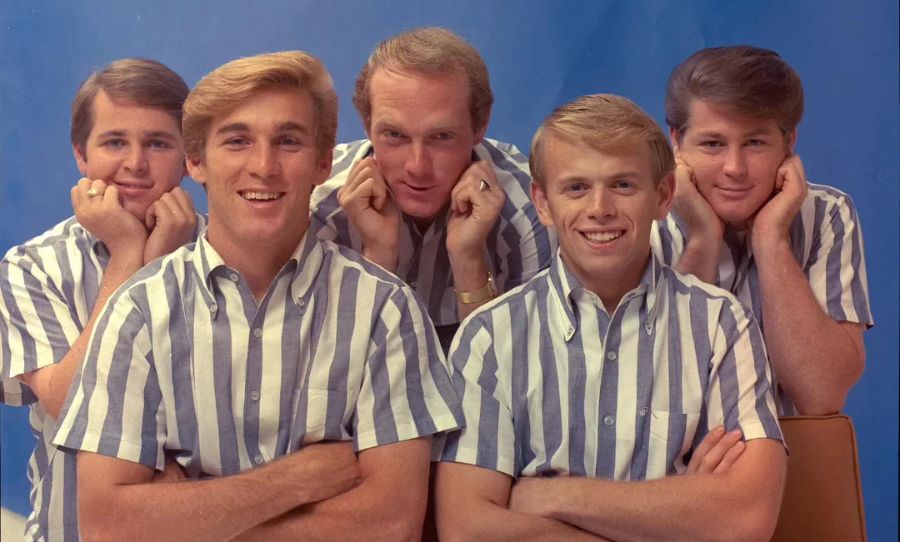If you had to rank the must-have items in a modern studio, an audio interface would have to placed somewhere close to the top. Playing a crucial role in converting analog signal into those ones and zeros isn’t a glamorous one, but it’s gotta be done at some point if you want to get it in the box. This is where Sono comes to the rescue.
Sono by Audient ticks those boxes but doesn’t sacrifice personality. It meets the high spec needs of the modern studio but also injects much-needed character into digital recording.
Audient’s history stretches back decades. With Sono, it’s done something decidedly different. An audio interface with guitar performance at its core.
Injecting colour and character into the signal path via the audio interface has improved dramatically since the large scale adoption of digital recording. The story for guitar though hasn’t really changed much over the years.
There has been the steady implementation of HI-Z DI inputs for guitars and basses (you probably won’t find even a small unit without that input these days). While this is undoubtedly convenient, a way to imbue that guitar or bass tone with a vibe comparable with amped cabinet tone has proven difficult.
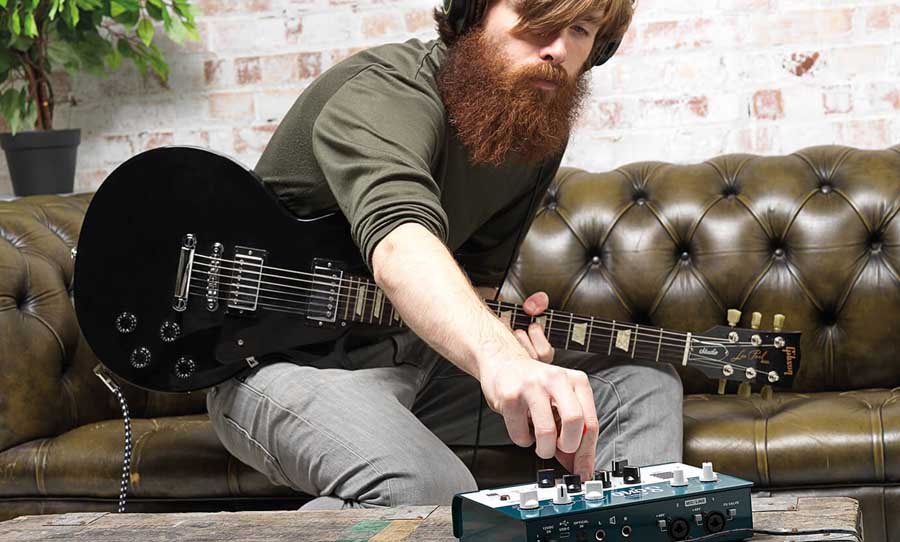 There are a few reasons for this. The challenge of creating a sense of space that a physical amp and cabinet combination isn’t an easy one to overcome. A guitar amp ringing out in a room, reflecting off all the surfaces of a chamber is no easy thing to emulate. Therefore, most DI’d guitar tone tends to fall flat, barely registering a pulse.
There are a few reasons for this. The challenge of creating a sense of space that a physical amp and cabinet combination isn’t an easy one to overcome. A guitar amp ringing out in a room, reflecting off all the surfaces of a chamber is no easy thing to emulate. Therefore, most DI’d guitar tone tends to fall flat, barely registering a pulse.
Latency in the Digital Domain
Another problem is the conundrum of latency. Latency is the period of time measured from when you make a sound, to when you actually hear it. If you plug in a guitar directly to your audio interface, it has to pass through a series of hurdles before it can be heard again. The conversion to a digital signal, the processing within a DAW, then the conversion back to an analog signal to be heard through speakers or headphones.
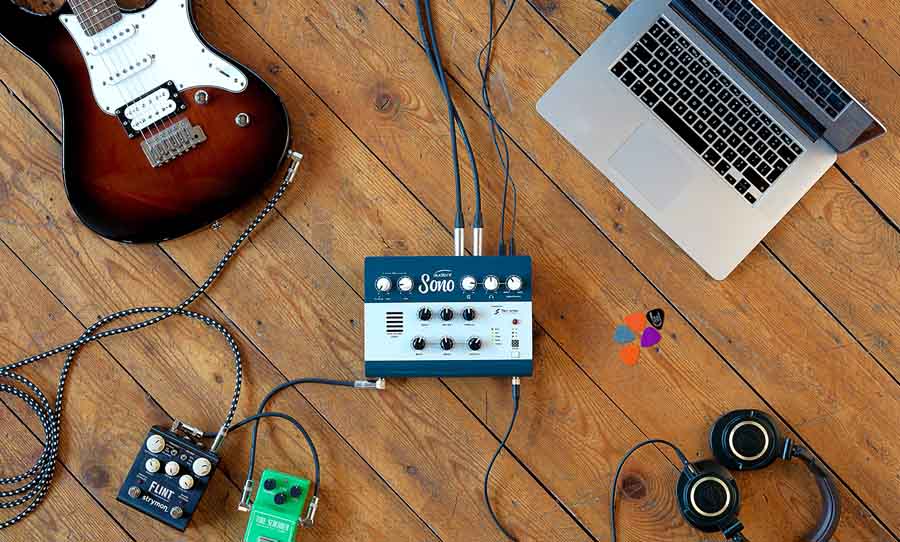 Depending on several factors (the type of connection to the computer, computer processing power, software processing) the round trip might take up 10 – 20 milliseconds. Now, of course in many other contexts, whinging about a few milliseconds might sound a bit over the top. But once you experience that frustration of latency, especially when recording, you’ll never want to go back there.
Depending on several factors (the type of connection to the computer, computer processing power, software processing) the round trip might take up 10 – 20 milliseconds. Now, of course in many other contexts, whinging about a few milliseconds might sound a bit over the top. But once you experience that frustration of latency, especially when recording, you’ll never want to go back there.
With Sono, Audient have addressed all these concerns and more. They’ve essentially crammed the functionality of a guitar amp, into a desktop audio interface. It’s an interface that puts guitar players first, with a few key features that make it a pioneer in the field.
Back to the Classics
Firstly it takes the heart of classic guitar tone and puts it right in the unit. It’s fitted with a 12 AX7 tube – exactly the kind of tube that has graced many of the classic amps throughout the decades. Beyond the warmth of the tube preamp, three bands of EQ are available to further sculpt your tone – just like you would on a real amp – before the signal even hits your DAW.
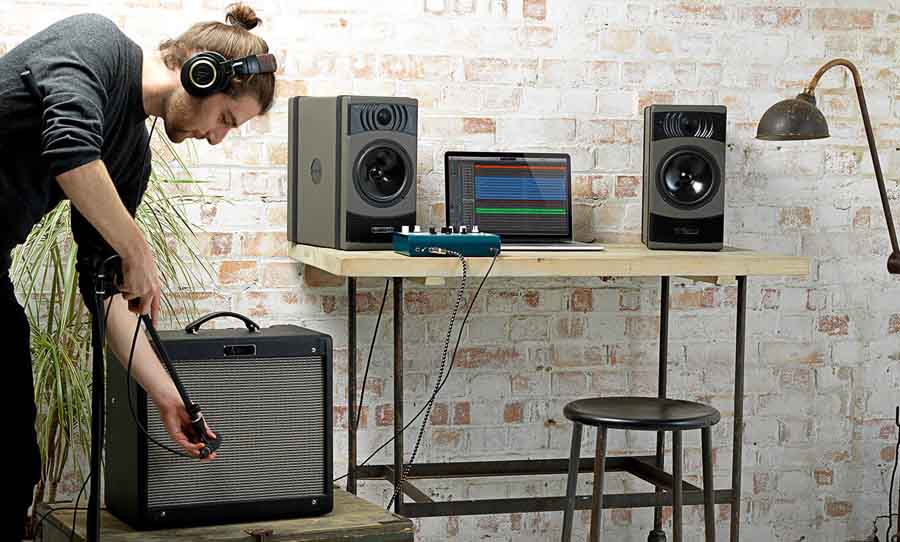 And despite the fact that the Sono is definitively an interface for guitarists, you can route a microphone through the valve preamp section and EQ, for those times when you’ll be recording vocals or acoustic guitar for example.
And despite the fact that the Sono is definitively an interface for guitarists, you can route a microphone through the valve preamp section and EQ, for those times when you’ll be recording vocals or acoustic guitar for example.
Inside the unit, the onboard DSP (digital signal processing) mitigates that aforementioned, pesky latency. The DSP effectively releases the computer from the burden of processing the sound.
Three Dimensional Tone
The amp modelling and cabinet simulation are provided by Two Notes Audio Engineering. The software gives you the ability to bring a lively, three-dimensional cabinet tone to in the box recordings, with 20 cabinets, 8 microphones and 8 chambers to completely customise your recording tone – ready to print before you’ve added a single plugin on a DAW channel.
You can also slot the process of reamping easily into your workflow. To do this, you would usually need a dedicated reamp box, but as Sono always records a clean DI channel, you can simply feed a guitar amp from the “to amp” output of the unit. A simple way to create yet another layer of depth to a guitar recording.
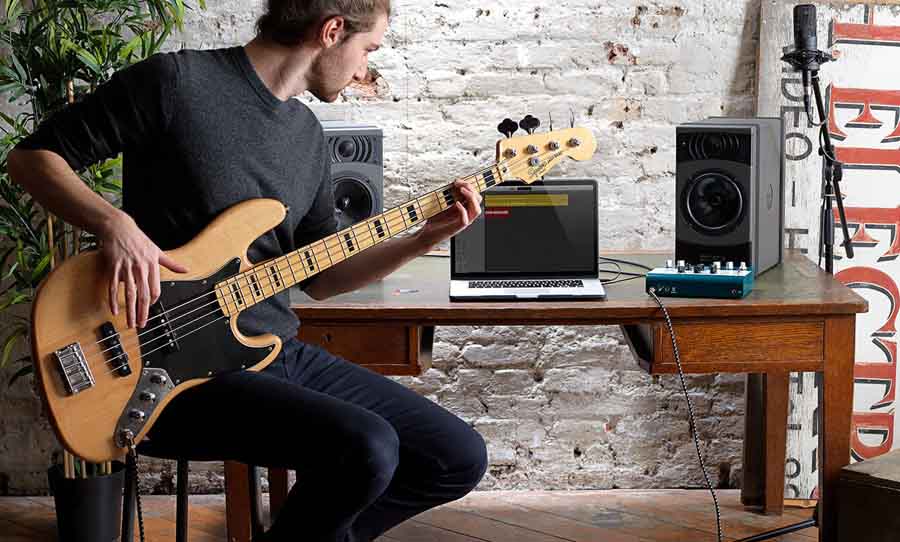 Audient has forged a solid reputation for the precision of their engineering, the clean power of their preamps and modern console workflows. With Sono, however, they’ve struck out and created something truly new.
Audient has forged a solid reputation for the precision of their engineering, the clean power of their preamps and modern console workflows. With Sono, however, they’ve struck out and created something truly new.
Taking the techniques they’ve accumulated through decades of traditional studio craft and opened up to a new generation of guitarists, producers and engineers.
For more details on Sono, visit Audient. For pricing, head over to Studio Connections.
